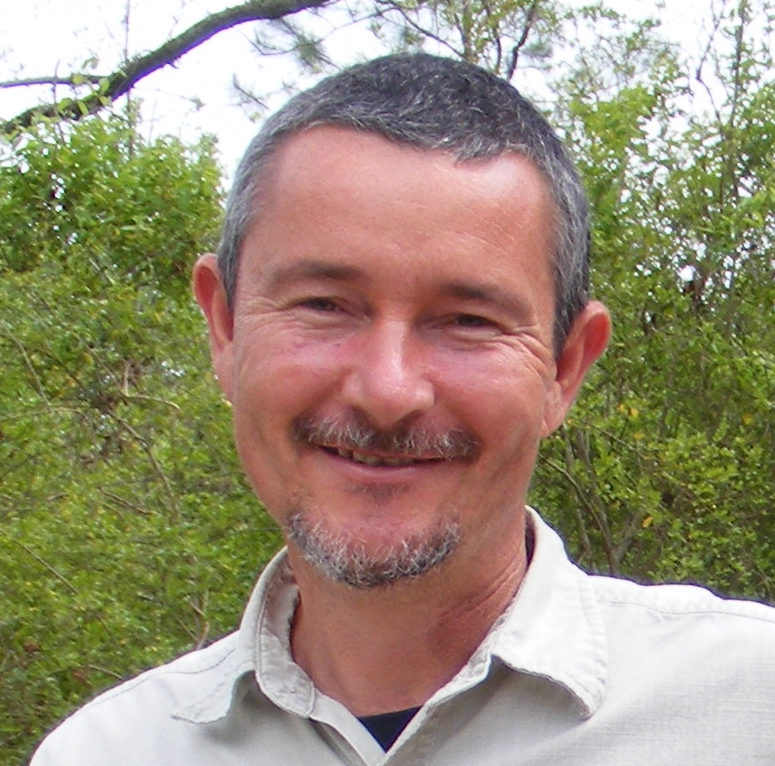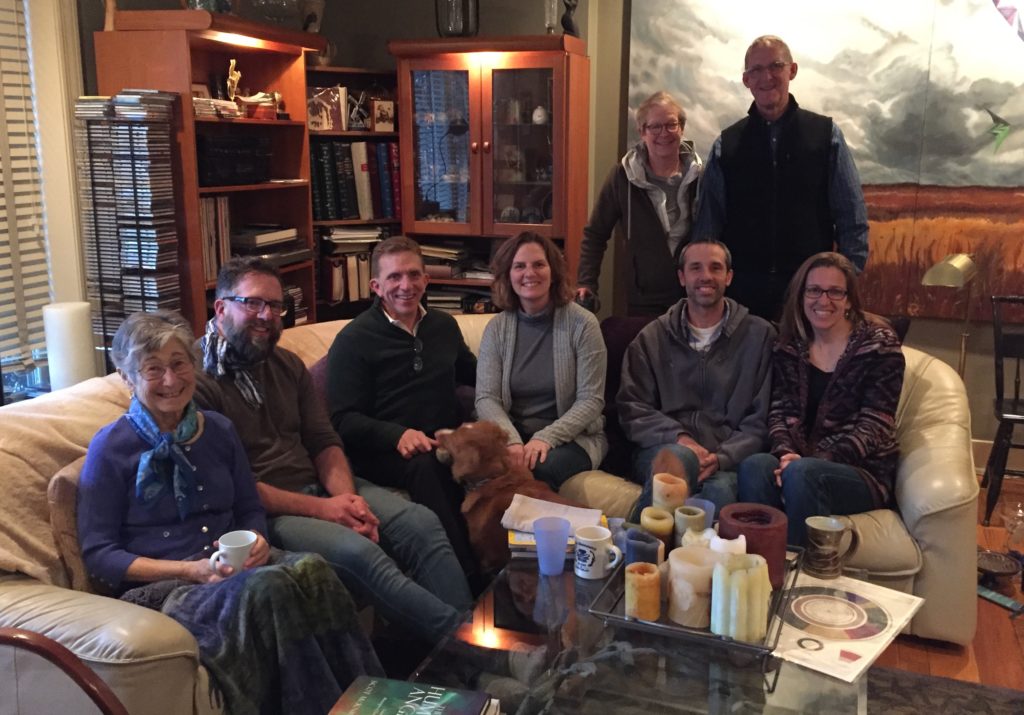As people like you work to change how churches act towards God’s earth, weaving mindfulness of God’s earth into the culture of our churches is vital. When we do so, we enable the Spirit to more truly shape our hearts and souls.
For cultural change to happen, we can’t just say a prayer like a magic incantation. Someone needs to actually carry the ball forward. That someone needs to sense that it is their calling, even if it is not their place of expertise. That someone needs to be willing to dive into the details that can be less than sexy.
With that in mind, I want to share the story of Joe Whittaker over several blog posts. Joe played a key role in launching Honey Creek Woodlands, Georgia’s only green burial ground. It is owned and operated by the Monastery of the Holy Spirit, a Roman Catholic contemplative religious community in the Trappist tradition.
More than one thousand people have been buried at Honey Creek Woodlands since it opened for business in 2008 in Conyers, Georgia. What makes Honey Creek Woodlands distinct from some other green burial grounds is that the land above ground is managed to be as ecologically healthy as possible as well. Conservation efforts there are part of a larger constellation of conservation and cultural activities happening in the 8,000-acre Arabia Mountain Natural Heritage Area.
I interviewed Joe because of my own interest in green burials and was planning just to write a blog about Honey Creek Woodlands. But his story was fascinating, and I was struck by his big heart and humility. I discovered he is Episcopalian, and he has also long loved the outdoors. He seems to have been destined to do what he did at Honey Creek Woodlands.
I believe Joe was answering God’s call. I believe you and I are hearing the call of God to preserve and renew God’s earth. We can be inspired by Joe’s faith and courage. He helped accomplish accomplish a great deal, despite his nervousness about stepping into the unknown. That’s what building God’s Kingdom looks like. It requires real faith and action.
I hope you will be inspired and also take away insights about the challenges and rewards of launching a green burial cemetery. Moving to green burials is, I believe, one way for Christians to create a culture that truly lives out a conviction that the earth is God’s.
A Monastery Needs Help
The Monastery of the Holy Spirit had a challenge at the end of the 20thcentury. How could the Monastery use its 2,260 acres of land to generate needed revenue while still stewarding that land in a way pleasing to God? In the past, there had been some clearcutting for timber. This was not something the fathers considered a good option going forward. The abbott at the time – Francis Michael – was, among many things, a naturalist. He understood that growing monocultures of pine trees on that land was not how you stewarded a healthy ecosystem.
Yet, how could that land be conserved as natural habitat when restoration efforts take money instead of generating revenue?
“Your options are limited,” says Joe. “You can exploit the land or you can sell off the land. Neither one of those were too appealing to the monastery.”
A way out of this conundrum presented itself when Francis Michael and others at the monastery heard of the first conservation-oriented green burial cemetery. Dr. Billy and Kimberley Campbell had launched it in South Carolina. It was a place where people could bury their loved ones simply and humbly. The Campbells used some of the revenue for management of the land as a healthy natural area.
The monastery came to the conclusion if they should look into doing this on their land. They could meet people’s desire for natural burial, steward the land, and support the Monastery as a whole financially.
They began exploring the idea more seriously. The metro Atlanta community showed great support as little wilderness has been spared from development in the past decades. The city and Rockdale County were also very supportive.
They were ready to go but who would actually make it happen?
Joe’s Call
Back in 2005, Joe was working in South Carolina for a company based in Chicago that did consumer research on what people buy in grocery stores. He traveled a lot and worked to understand the connection between food sale trends and what stores were doing with promotions. While he was driving he heard a story on National Public Radio (NPR) about green burial. It so happened that Joe had long been telling his family, in a half joking way, that when he died he just wanted them to put his body out into the swamps.
The green burial story on NPR riveted his attention.
“Holy smokes!” he thought, “This is exactly what I wanted my whole life.”
His excitement was tempered a bit by the assumption that the green cemetery they were talking about must be somewhere out on the West Coast. Then the radio host noted that they were talking with Dr. Billy Campbell. He was operataing the only green burial nature preserve in the country at Ramsey Creek Preserve in Westminster, South Carolina. This was in Joe’s own backyard, just an hour away.
So Joe contacted the Campbells, met them in 2007 and initially just talked through his own burial plans with them. But the relationship deepened. He began helping them as a volunteer.
The Monastery of the Holy Spirit contacted Dr. Billy Campbell about their plans to convert 80 acres of clearcut land to a green burial cemetery. They asked if he knew of anyone who could get their green burial cemetery off the ground, Billy connected them with Joe.
“That’s kind of crazy,” thought Joe when he first heard of the monastery’s interest. “I don’t live in Georgia, and I have a job.” It would also mean commuting back and forth to Georgia and living there for ten days at a time.
He and his wife. however, gave it some more thought. In the end, they decided that he would go to Georgia to help get the cemetery up and running. They realized it was a once-in-a-lifetime opportunity.
“It’s almost like going to a Rolling Stone concert and saying I really like this band and then writing them an email saying, ”You guys are great.” And then they say, “Well, hey, do you want to come and help us out?” And the next thing you know you’re playing backup guitar for the Rolling Stones.”
“I don’t think I could have created a more perfect position for myself. I’ve always felt very blessed. I don’t think a lot of people get to do things that they’re passionate about and that they enjoy and that they get a lot of meaning from.”
You’ll read more about how Joe helped to launch Honey Creek Woodlands despite many challenges in the next installment. Be sure to read the chapter “Life is Changed not Ended” in the book Sacred Acts: How Churches Are Working to Protect Earth’s Climate. It provides more details about Honey Creek Woodlands.






